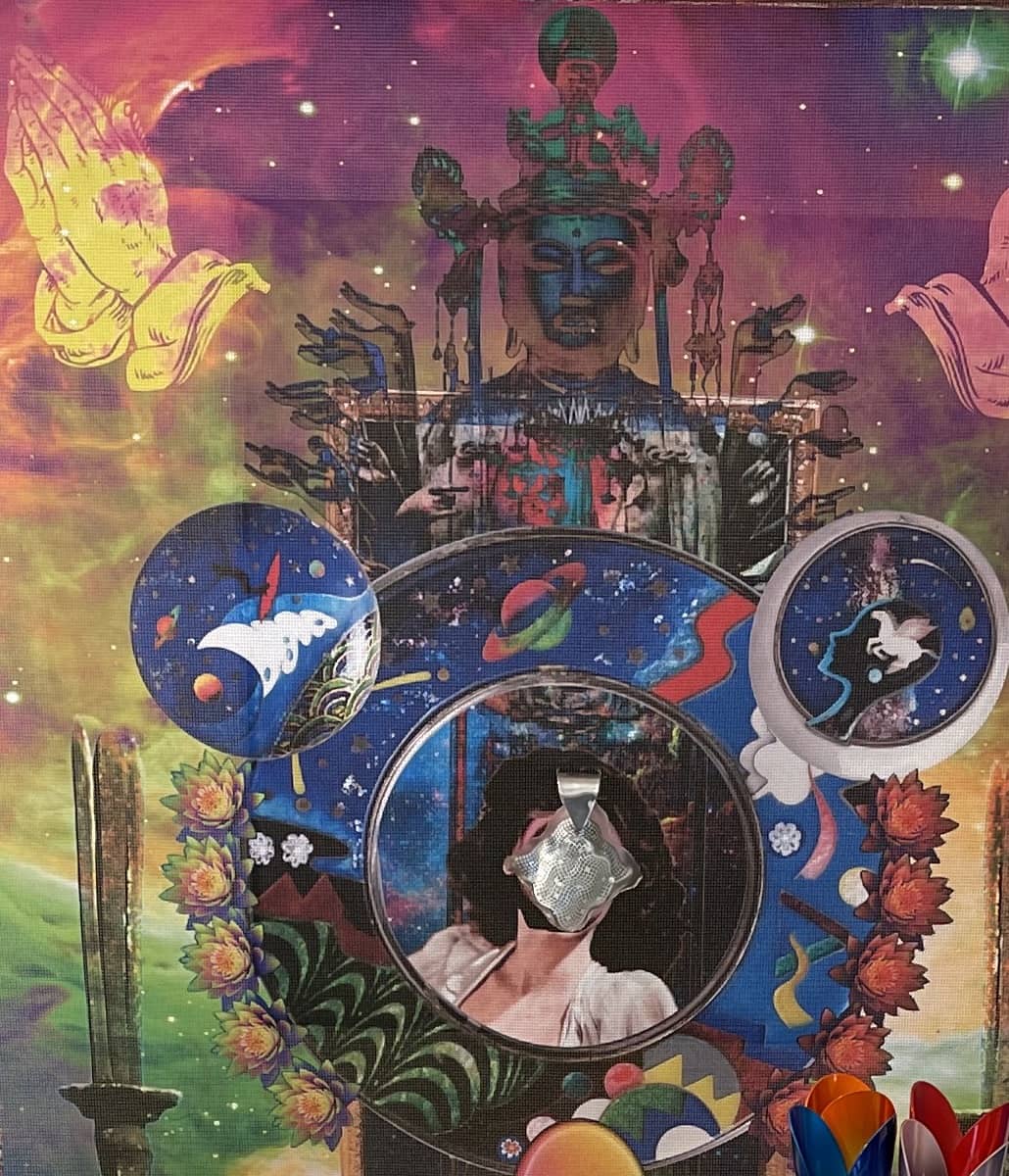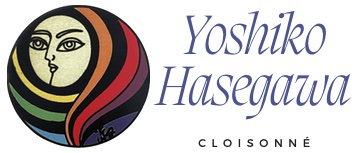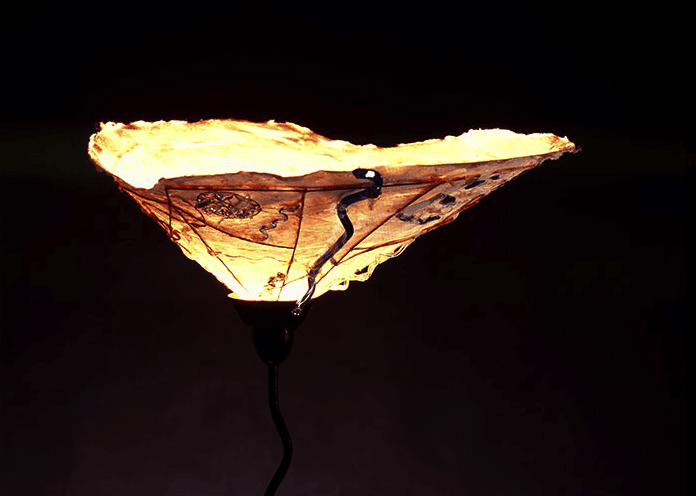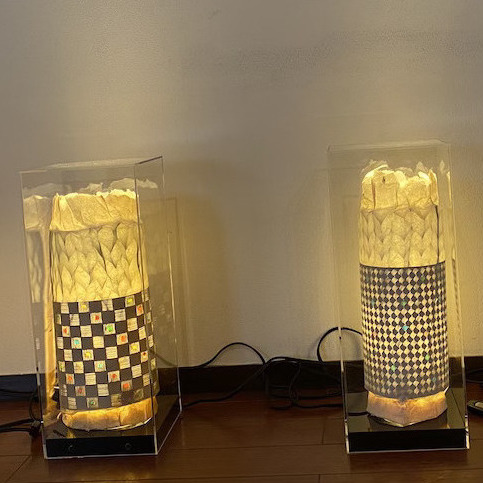Cloisonne and Glass Art
In her more than 50 years of creative activities, she has deepened cloisonne enamel art, and has expanded into new areas of creation by combining other materials and techniques, and by conducting original research and development.
The sparkle, luster, brightness, and playfulness of cloisonne enamel are the charm of Yoshiko Hasegawa’s cloisonne enamel art.


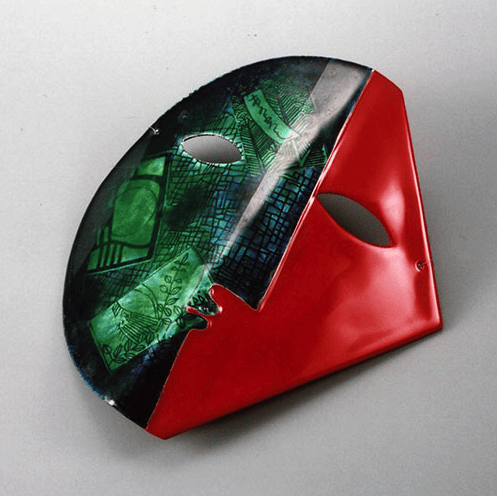


Urushippo®
Kilaeclat®
The dramatic encounter between lacquer and cloisonne enamel, a traditional Japanese art and craft cultivated over a long history, has been named “Urushippou” and revived in the modern age as a new jewelry and craft.
Kilakura is made of cloisonne, FRP, and metal with special plating and glass coating, then painted and baked eight times to create pieces with a unique and beautiful shine.

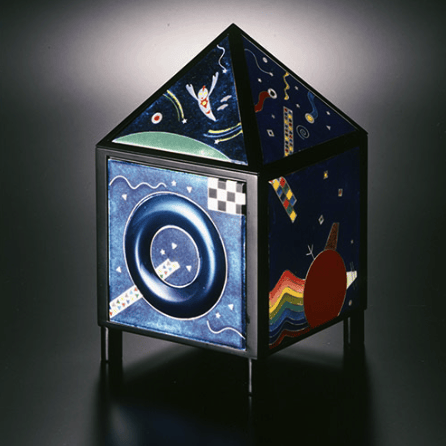
Vitremail®
(Glass Cloisonne)

Born and raised in ancient Mesopotamia and Egypt, glass and cloisonne have come a long way and created their own histories.
In the Art Nouveau period of the 19th century, the Frenchman Brocard and the Japanese Aisaburo Tsunekawa left behind works in which wired cloisonne enamel was burned onto glass. However, the technique was not inherited and had become a phantom.
After a lapse of 4,000 years, Yoshiko Hasegawa has newly introduced this glass cloisonne under the name of “Vitrémailles” to the world.

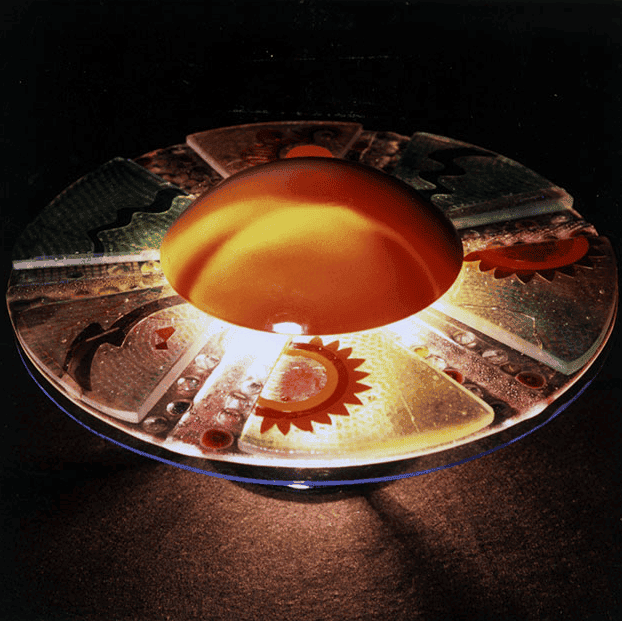
Cloisonne ware
Silkscreen Cloisonne
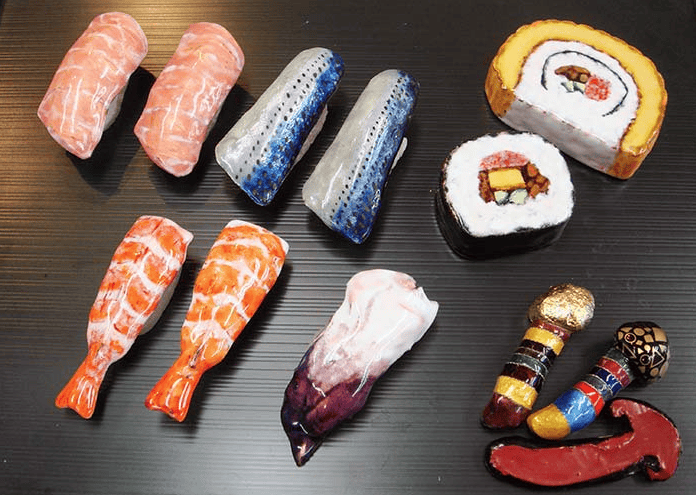
Cloisonne, which decorated the golden mask of Tutankhamun 4,000 years ago, was introduced to Japan via the Silk Road through China and the Korean peninsula.
Yoshiko Hasegawa created food motifs in cloisonne and silk-screened cloisonne by printing silk screens on cloisonne, thus entering a realm where no one had done cloisonne before and producing numerous works of art.
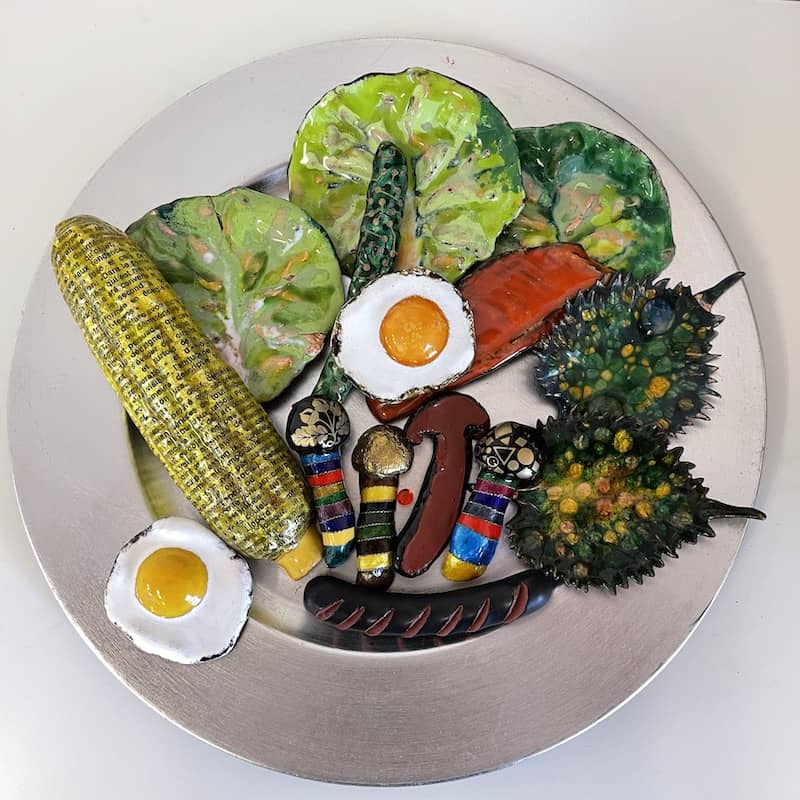
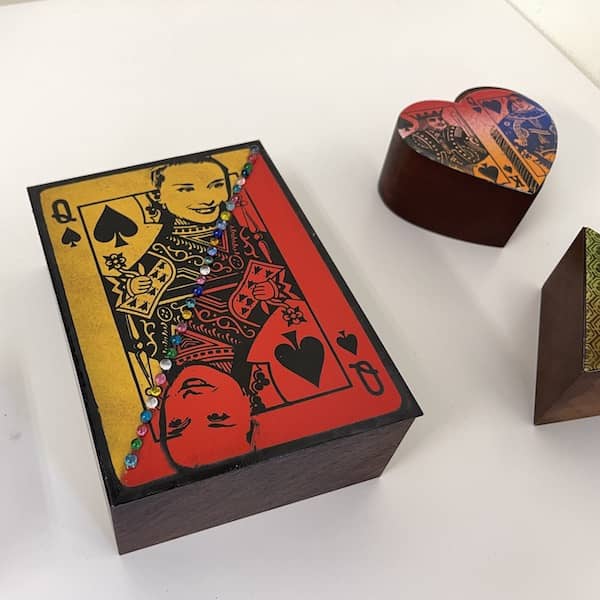

Expanding to a wide variety of
creative area
Yoshiko Hasegawa’s creations expand in a variety of ways. Always looking for something interesting, Hasegawa has powerfully expanded her creative realm with a wide range of materials and techniques.

